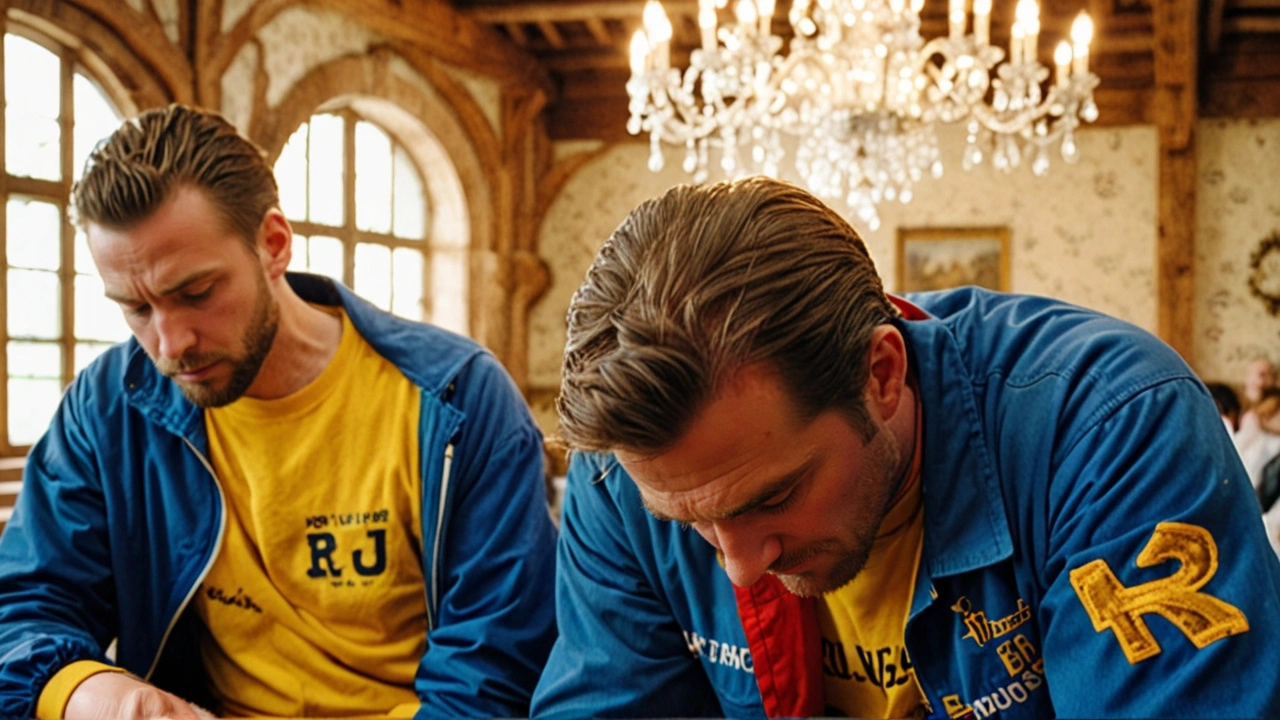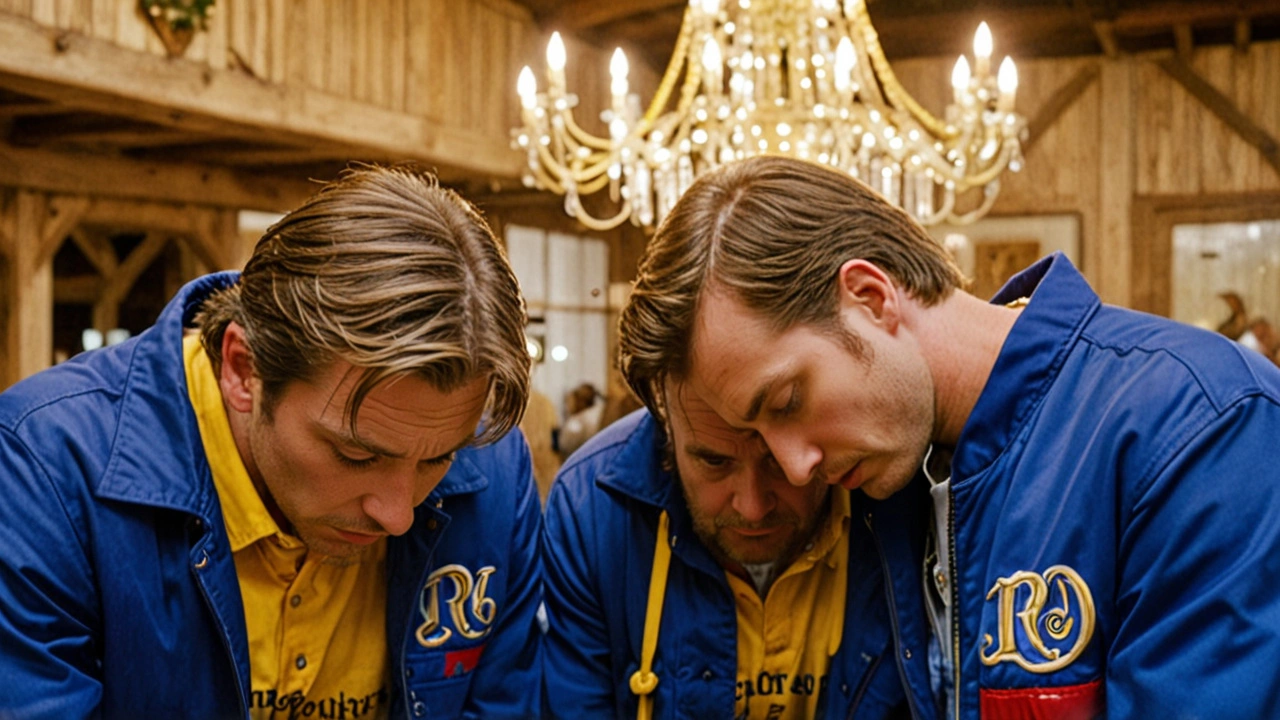A Proposal Aimed at Change
In a bid to address pressing issues faced by Kenyan youth, President William Ruto recently presented the idea of forming a National Multi-Sectoral Forum. The envisioned forum, consisting of 150 members, aims to address critical challenges such as unemployment, corruption, and burgeoning public debt. Ruto’s initiative signals an intent to create a collaborative platform that fosters dialogue and constructive solutions to alleviate the plight of Kenyan youth.
Ruto's call for this forum underscores the urgent need for multi-faceted engagement and underscores his administration’s focus on creating tangible changes. His vision is for representatives from various sectors to come together, discuss, and develop actionable strategies that directly impact the youth, who arguably bear the brunt of the country's socio-economic issues.
Support from Raila Odinga
Prominent political figure Raila Odinga, who also serves as the leader of Azimio la Umoja, has expressed his support for the proposed forum. Odinga’s backing of the initiative is predicated on his belief that dialogue is the most effective path to addressing systemic issues. He emphasized that through collaborative discussions, the country could chart a sustainable course towards mitigating youth unemployment and tackling corruption effectively.
To many, Odinga’s support represents a significant endorsement that might compel skeptical factions to reconsider the importance of dialogue. By leveraging his influence, Odinga hopes to inspire confidence among the youth and other stakeholders, prompting them to support and contribute to the forum’s endeavours.

An Unexpected Rift: Raila Junior's Contrary Opinion
However, no political narrative is without its controversies. Shortly after Odinga’s endorsement, his son, Raila Junior, took to social media to voice a seemingly contradictory opinion. The younger Odinga’s post subtly hinted at his reservations regarding the proposed forum, thereby igniting a wave of discussions across digital platforms. His stance has sparked intrigue about the ideological alignments within Odinga’s inner circle, raising questions about potential differences in vision.
Social media reactions were swift and polarized, with users either defending Junior’s right to a divergent opinion or criticizing his apparent rift with the elder Odinga’s perspective. This unexpected divergence has added a layer of complexity to the overall discourse surrounding the National Multi-Sectoral Forum.
Azimio Camp's Reservations
Adding to the debate, other leaders within the Azimio la Umoja coalition, such as Martha Karua and Eugene Wamalwa, have openly distanced themselves from the forum. Their reluctance stems from a belief that the initiative might be a strategic ploy rather than a genuine attempt to solve the youth's issues. Karua went as far as to label the forum a trap, urging the youth to exercise caution.
The dissent from within the Azimio camp brings to light the complexities of the political landscape and the varying perspectives on how best to address youth-related issues. These reservations underscore a broader skepticism about the government’s intentions and effectiveness in implementing lasting solutions.

Youth's Collective Rejection
Most notably, the youth themselves seemed unimpressed, rejecting the dialogue proposal and calling for concrete actions instead. Their primary demand is for practical solutions and immediate interventions rather than prolonged discussions, which they perceive as lacking in urgency. The youth argue that their concerns are well-documented and need definitive actions rather than further deliberation.
By rejecting the forum, the youth send a clear message about their readiness for actionable change over rhetorical commitments. This rejection emphasizes the impatience and disillusionment among the youth, stemming from repeated cycles of unmet promises and unfulfilled policy initiatives.
Impending Forum and Future Outlook
Despite the mixed reactions, the National Multi-Sectoral Forum is slated to commence on July 15. Stakeholders from various sectors have been directed to nominate their representatives by July 12, paving the way for diverse participation. The success of this initiative largely hinges on its ability to transition from dialogue to tangible outcomes that resonate with the youth’s aspirations.
The upcoming forum presents an opportunity for collective action and meaningful change. It aims to bridge the gap between policy-makers and the affected demographic, fostering a cooperative environment for addressing youth challenges. As discussions unfold, the nation will be closely monitoring whether these dialogues translate into actual policies that impact lives constructively.

Conclusion
In conclusion, President William Ruto’s proposal for the National Multi-Sectoral Forum has opened up a critical dialogue about the future of Kenyan youth. While supported by key figures like Raila Odinga, internal rifts and skepticism within the Azimio la Umoja coalition indicate a complex road ahead. The youth's vocal demands for concrete actions over discussions highlight the urgency for real, swift interventions. As the forum kicks off, all eyes will be on whether it will chart a new direction in addressing long-standing challenges or become another page in Kenya’s book of political discourse.



naresh g
July 12, 2024 AT 04:48Brajesh Yadav
July 12, 2024 AT 19:02Govind Gupta
July 13, 2024 AT 12:59tushar singh
July 15, 2024 AT 05:35Robert Shealtiel
July 15, 2024 AT 08:09Marrissa Davis
July 16, 2024 AT 23:26Sean Brison
July 17, 2024 AT 04:56Norm Rockwell
July 17, 2024 AT 09:28Lawrence Abiamuwe
July 18, 2024 AT 16:20Dan Ripma
July 20, 2024 AT 00:25amrin shaikh
July 20, 2024 AT 21:20jai utkarsh
July 21, 2024 AT 15:30Chandan Gond
July 23, 2024 AT 08:42Hailey Parker
July 25, 2024 AT 00:59John Bartow
July 25, 2024 AT 07:34Mark L
July 25, 2024 AT 14:41Orlaith Ryan
July 27, 2024 AT 12:23